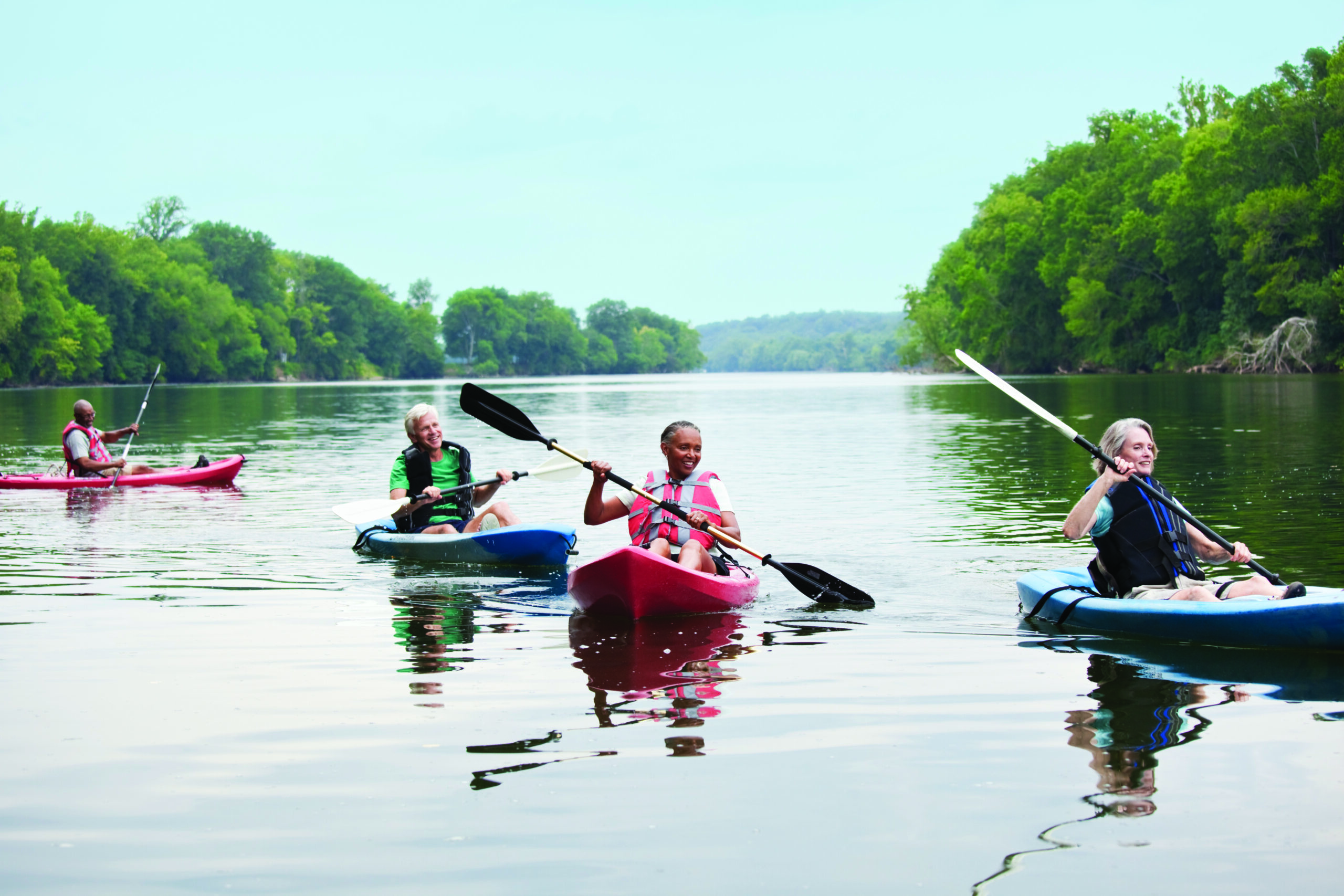Who wants to live to be 100? It sounds great, right? But only if you’re still enjoying life. For many years the consensus has been that we peak physically during our early years and it’s a downhill trend from there on. But what if we were able to live healthy for a much longer period of time and reduce the length of time we have with dysfunction and disability?
Dr. Cody Sipe is the co-founder of the Functional Aging Institute and the author of Quick Functional Exercises for Seniors: 50 Exercises to Optimize Your Health. For more than 30 years, Dr. Sipe has worked with older adults to build their functional fitness, enabling them to be independent, to keep living in their homes, and to enjoy active longevity.
Dr. Sipe believes we all have the potential to age with health and happiness, and that if we focus on our health and happiness – instead of on the challenges of aging – then the sky’s the limit. And he has the research to back up his beliefs. Our daily lifestyle choices go a long way to determining whether we will maintain high levels of physical function or if we will decline into disability and dependence.
“When you look at what separates the individuals who are living really well for a longer time, versus those who are declining rapidly, it really comes down to what you do every day – and exercise is a major component of that,” Sipe told Growing Bolder.

“We see in The Blue Zone studies that longevity and function is not just related to formal exercise – so you don’t have to be an elite exerciser to achieve so many of the benefits. In fact, in many cultures who don’t exercises at all, they are still working very hard, very physically, and doing things most people give up in their 60s, 70s, and 80s.
“I have taught many fitness professionals how to work with older adults,” Sipe continued. “And I say that the best thing you can do is to show them that regardless of their current trajectory, they can change it. You can stop a steeply declining trajectory. You can change that trajectory upward and maintain physical function for the rest of your life.”
In his book, Sipe outlines three key principles that should govern our exercise:
1. Adaptation
Our body responds to the challenges we give it. Adaptation is the process of growth through stimulation of specific systems in our body. If we want to become stronger, then we do power training. But we must also challenge our bodies in multiple other ways, such as improving our balance, mobility, and gait – all the areas that support getting stronger.
2. Specificity
How does the adaptation apply to what we want to accomplish? If we want to improve our balance, then we focus on specific techniques, strategies, and movements that challenge our balance in different ways.
3. Progressive overload
Eventually our body adjusts to the initial challenges. If we want to keep getting stronger and be proactively ready for future challenges, then we must keep giving our body new challenges. If our ability to lift a certain weight increases from 8 reps to 20 reps, then it’s time to try a heavier weight so we can continue to build our strength and our reserves.
Good cognitive health is also essential to enjoying life as we age. Sipe says the good news is that there is a link between our physical health and physical capabilities and our cognitive health and cognitive capabilities. Although many people focus on so-called “brain games,” such as Sudoku, crossword puzzles, etc., he emphasizes that even the most basic cardiovascular or strength training program can do far more to stimulate our brain physiologically and set the stage for the development of new brain cells.
“Although those games can improve very specific parameters of brain function, they are not doing everything possible to help you build new blood vessels, new brain cells, and new connections in your brain. A key aspect of maintaining your cognitive fitness and function as you age is to move physically – and the more you move, the better. And if you move in ways that are more challenging from a coordination or motor control standpoint, then that’s going to be even better for your brain.
“I often ask my students, ‘What is the best type of dance to stimulate your brain and to improve cognitive health and fitness?’ Of course, they throw out all sorts of different dances, and the answer I give them is, ‘Well, it’s all of them and none of them, because the dance that’s going to be most effective is the one you don’t know. It’s the movement pattern you don’t know.’ If you already know how to do a certain dance step pattern, then it’s no longer challenging to your brain. So, trying to couple the movement with the brain being actively involved is really the key to maximizing cognitive performance.”
Nutritional supplements can also promote the growth of new brain and nerve cells. Thorne, the health and wellness partner for 12 U.S. National Teams and a research partner of Mayo Clinic, offers Brain Factors, a supplement that includes key brain health nutrients that promote focus, attention, and mental function.
The bottom line? More is truly possible, and creating a life we enjoy living until the end begins with the choices we make today.
Growing Bolder is an affiliate partner of Thorne and may earn a commission on sales generated through the links within this article.














